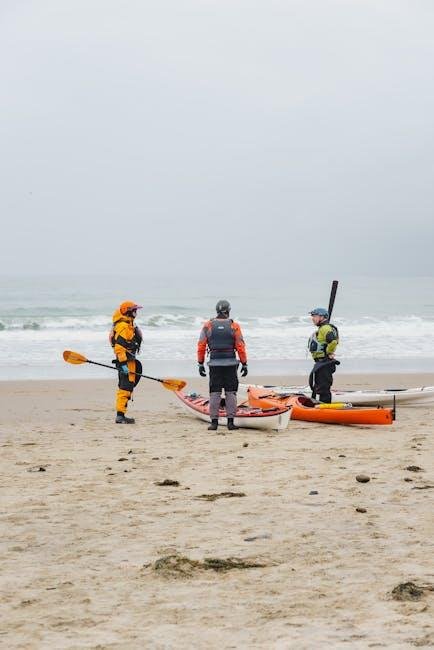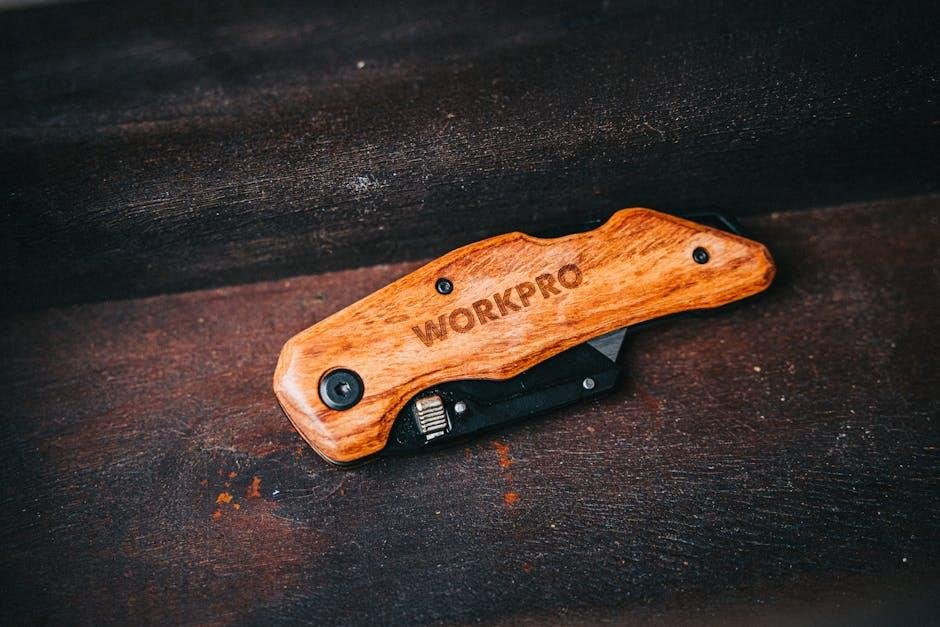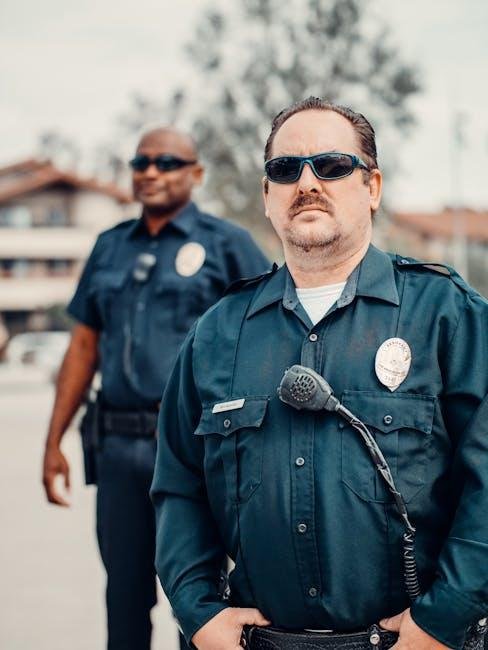Embarking on a kayaking adventure, whether gliding through serene lakes or navigating the rush of whitewater rapids, can be a thrilling escape into nature’s embrace. Yet, amidst the excitement and stunning landscapes, safety should always be at the forefront of every paddler’s mind. The right safety gear can mean the difference between a memorable day on the water and a potential emergency. To ensure your kayaking expedition is as safe as it is indeed exhilarating, we’ve compiled a complete safety gear checklist—essential for both seasoned kayakers and beginners alike. In this article, we’ll explore the must-have equipment that will not only enhance your safety but also empower you to explore the waterways wiht confidence. So, whether you’re planning a leisurely paddle or an adrenaline-packed adventure, let’s dive into the essentials that every kayaker should have on hand.
Essential Safety gear for Kayaking Adventures
When embarking on a kayaking adventure, equipping yourself with the right safety gear is paramount.Being prepared not only enhances your enjoyment but also minimizes risks associated with unpredictable water conditions. One essential item is the Personal Flotation Device (PFD); it should fit snugly and allow for freedom of movement. Alongside your PFD,consider carrying a whistle to signal for help and a light source for visibility if your trip extends into darker hours. don’t overlook appropriate clothing, such as moisture-wicking layers or a dry suit for colder temperatures, ensuring that you stay warm and dry regardless of the conditions.
Additionally, it’s wise to pack a few key tools and gadgets. A first aid kit is indispensable; it should contain items like bandages, antiseptic wipes, and pain relievers.Keeping a floating throw bag handy is crucial in case a fellow kayaker finds themselves in distress.Waterproof bags or dry sacks will keep your valuables safe and dry. Here’s a quick overview of some essential items to bring along:
| Safety Gear | Purpose |
|---|---|
| Personal Flotation Device (PFD) | Ensures buoyancy and safety in water |
| Whistle | For signaling in emergencies |
| First Aid Kit | For treating minor injuries |
| Floating Throw Bag | To assist a partner in distress |
| Waterproof Bags | To protect gear and valuables |

Navigating Water Hazards: Understanding Your Protective Equipment
When heading out on your kayaking adventures, understanding the importance of protective gear in navigating water hazards is essential. Each piece of equipment serves a distinct purpose, ensuring that you stay safe while fully enjoying the thrills of your journey. Personal Flotation Devices (PFD) are non-negotiable; they should fit snugly and be agreeable enough to wear for extended periods. Depending on the specific water conditions, consider helmets for rocky terrains, as they provide crucial protection against head injuries. Additionally, a dry suit or wetsuit helps maintain body temperature in cold waters, offering an ideal layer against the elements.
It’s also vital to equip yourself with footwear designed for water sports, which provide grip and stability on slippery surfaces. Don’t overlook the significance of gloves and impact vests, especially in challenging environments. A well-stocked first-aid kit tailored for aquatic escapades can be a lifesaver. To assist you in ensuring you have all the necessary protective gear, here’s a simple checklist:
| Protective Gear | Purpose |
|---|---|
| PFD | Keeps you afloat in emergencies |
| Helmet | Protects against head injuries |
| Wetsuit/Dry Suit | Regulates body temperature |
| Water Shoes | Ensures traction and stability |
| Gloves | Improves grip and comfort |
| Impact Vest | Provides extra buoyancy in rough waters |
| First-Aid Kit | Treats injuries promptly |

Preparation and maintenance: Ensuring Gear Reliability
Proper preparation and regular maintenance of your kayaking gear are pivotal in ensuring your safety and enhancing your overall experience on the water. Before hitting the waves, take time to inspect your gear meticulously. Check for wear and tear on your kayak, paddles, and life jackets. Ensure that all straps and buckles are intact and functioning correctly, as this will guarantee that you remain securely fastened in case of unexpected circumstances. Here’s a quick checklist to guide you:
- Inspect the kayak for cracks or leaks.
- Examine paddles for any splinters or damage.
- Test the buoyancy of your life jacket.
- Ensure emergency supplies like whistles and flashlights are in working order.
After each trip, dedicate some time to maintain your gear to maximize its lifespan. Rinse your kayak and paddles with fresh water to remove salt, sand, or debris that could cause damage over time.Store your gear in a cool, dry place away from direct sunlight to prevent undesirable wear. for a detailed overview of maintenance tasks, consider using a table like the one below:
| Gear Item | Maintenance Task |
|---|---|
| Kayak | Rinse and check for damage |
| Paddles | Inspect and clean, replace if damaged |
| Life Jacket | Check for flotation, wash if necessary |
| Other Gear | Inspect and restock emergency supplies |

Best Practices for Personal Safety on the Water
When embarking on a kayaking adventure, ensuring personal safety begins with proper gear.It is indeed essential to equip yourself with the right tools that not only enhance your experience but also protect you against unforeseen circumstances. Always wear a personal flotation device (PFD), as it can be a lifesaver in case of capsizing. Additionally, consider using a whistle to signal for help and a dry bag to keep your essential items safe from water damage. A first aid kit is another crucial asset that allows you to address minor injuries promptly. don’t forget to check the weather conditions and wear appropriate clothing that can handle varying temperatures and water exposure.
Beyond the basic safety gear, it’s beneficial to have additional items that increase your chances of a safe trip on the water. Having a map or GPS device ensures that you stay oriented, while a multi-tool can be invaluable for quick fixes. Safety flares can signal your presence in emergencies, while a headlamp or waterproof flashlight can guide you if your excursion extends into the evening.To keep the trip enjoyable,consider organizing your gear for easy access—placing vital items in the front of your kayak or within reach will make for a smoother,safer experience.
Future Outlook
As you prepare to embark on your next kayaking adventure, remember that safety should always be at the forefront of your mind. A well-thought-out safety gear checklist not only enhances your experience on the water but also ensures that you are equipped to handle the unexpected.Each item you pack serves as a safeguard, allowing you to navigate currents with confidence and enjoy the beauty of nature without compromise.
So,before you hit the water,take a moment to revisit your checklist. From personal flotation devices to emergency kits,these essentials are your best allies. by prioritizing safety, you can fully immerse yourself in the thrill of kayaking, creating lasting memories while exploring the serene landscapes that await you. Here’s to safe paddling and the adventures that lie ahead!
